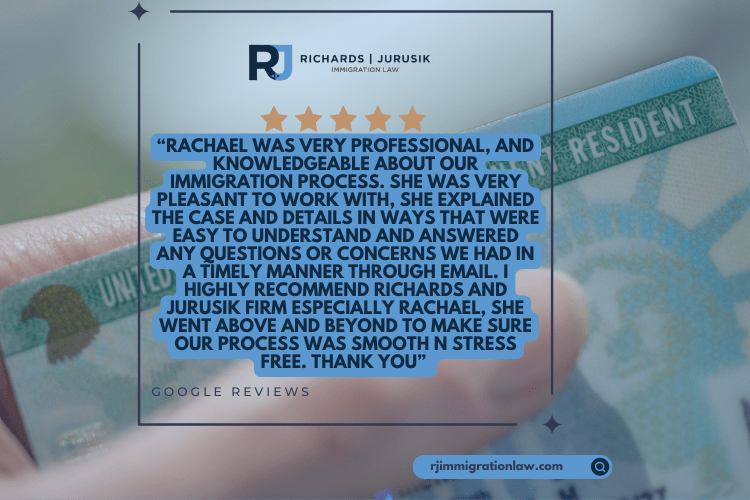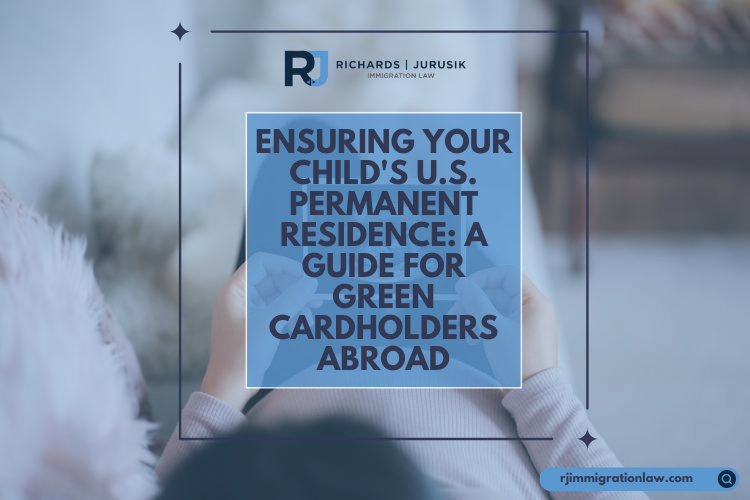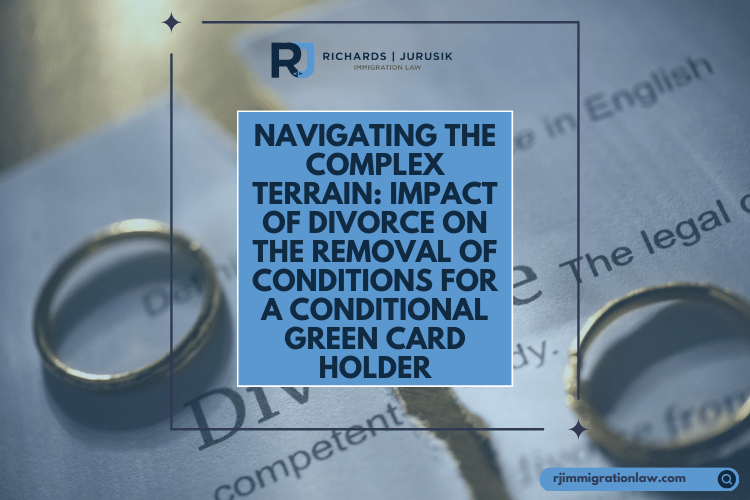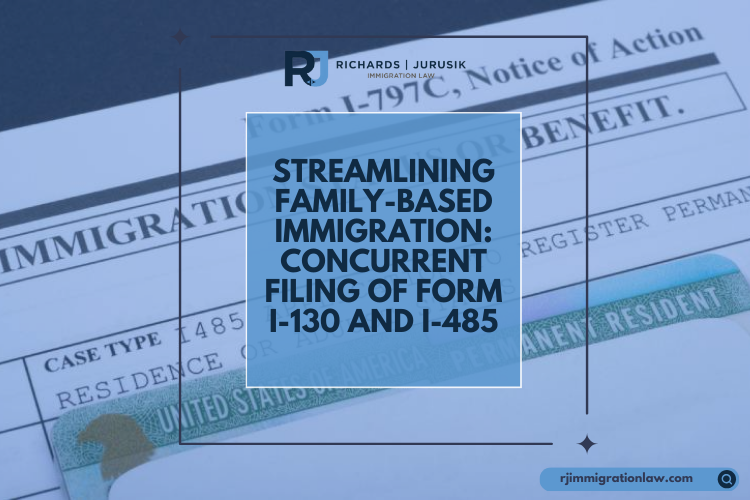Navigating the options under immigration laws can confuse a U.S. citizen in a relationship with a foreign national. This blog aims to provide an overview of three prevalent immigration options for such couples: Adjustment of Status (AOS), Consular Processing, and the Fiancé Visa. We’ll cover the features, advantages, and disadvantages of each, helping you make an informed decision.
| Criteria | Adjustment of Status (AOS) | Consular Processing | Fiancé Visa (K-1) |
|---|---|---|---|
| Eligibility | – U.S. citizen spouse must prove citizenship and financial capability. A foreign spouse must have legally entered the U.S. and married a U.S. citizen. | – Both spouses must be legally married. U.S. citizen spouse must prove citizenship and financial capability. Foreign spouses must be eligible for admission. | – U.S. citizens must prove citizenship and intent to marry within 90 days of the fiancé’s arrival. Fiancé must be eligible to marry and have met the petitioner in person within the last two years. |
| Required Documentation | – Forms I-485, I-130, and I-864. Marriage certificate, evidence of relationship, medical exam results, identification documents. | – Forms I-130, DS-260, and I-864. Marriage certificate, civil documents, medical exam results. | – Form I-129F, DS-160. Proof of relationship, financial stability, and medical exam results. |
| Application Process | – File I-130, then I-485. Attend biometrics appointments and interviews (may be waived) and decide on status adjustment. | – File I-130, wait for visa availability. File DS-260 and attend the medical exam and visa interview: visa issuance and entry to the U.S. | – File I-129F, receive USCIS approval. Apply for a K-1 visa, attend the medical exam, and interview. Enter the U.S., marry within 90 days, and apply for AOS. |
| Advantages | – Can remain in the U.S. during the process. Eligible for work permits. The process is simplified under one agency (USCIS). | – Generally faster for spouses outside the U.S. Considered a Lawful Permanent Resident upon entry. Accessible worldwide. | – Often quicker processing. Allows couples to live together in the U.S. while planning their wedding. Can adjust status after marriage. |
| Disadvantages | – Limited travel during the process. Higher costs. – | – Possible long separation from spouse. Intense visa interview scrutiny. Involvement of multiple agencies. | – One-time entry visa. Must marry within 90 days. Cannot travel or work until granted work and travel authorization. |
| Best Suited For | Couples already in the U.S. prioritize staying together during the application process. | Couples outside the U.S. or wishing to complete the process quickly enter the U.S. as Lawful Permanent Residents. | Couples not yet married want to live together in the U.S. while preparing for marriage. |
Conclusion
Choosing the right immigration pathway depends on the couple’s current situation, location, marriage status, and how quickly they wish to live together in the U.S. Each option has unique benefits designed to suit different circumstances. For personalized guidance, it’s advisable to consult with an immigration attorney.
Citations
We Can Help!
You may have questions regarding USCIS immigration options. We invite you to contact our team at Richards and Jurusik for detailed guidance and assistance. We aim to provide the most accurate and up-to-date information to make your immigration process smoother and less stressful. The immigration lawyers at Richards and Jurusik have decades of experience helping people to work and live in the United States. Read some of our hundreds of 5-star client reviews! Contact us today to assess your legal situation.







